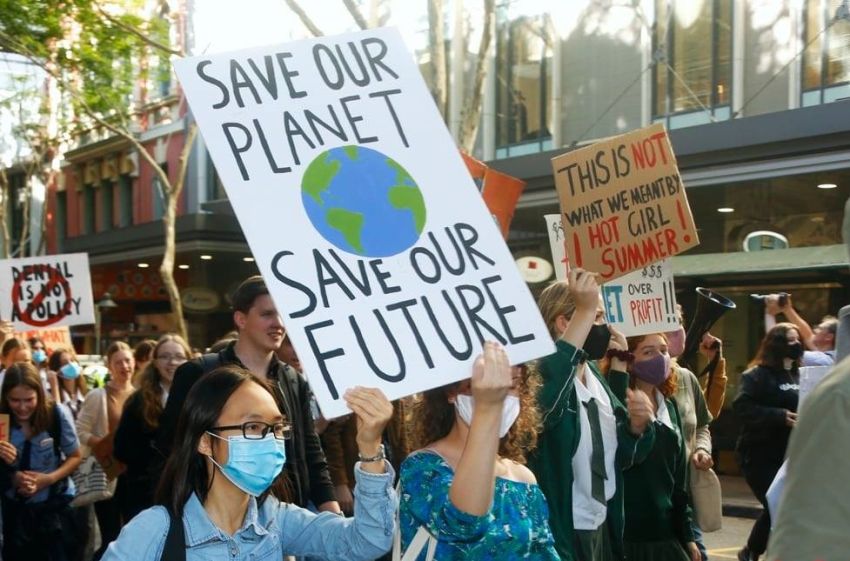
When Adani, rebadged as Bravus Mining and Resources, announced on June 24 that it had struck a coal seam at its Carmichael coal project in Queensland, there was no mention of a plan to use the thermal coal for a “coal to plastics” project in India.
Adani Enterprises, the parent company, told the Ministry of Environment, Forests and Climate Change in April that the coal-to-Polyvinyl chloride (PVC) project will produce resin, chlorinated PVC and emulsion PVC.
The company aims to build a plant at Mundra in the western Gujarat state which will convert 2 million tonnes of coal a year to PVC at a cost of US$4 billion. Adani wants to bring the project on stream within four years. Feedstock coal of about 3.1 million tonnes a year for the project will be mainly sourced from Australia and Russia.
Indian critics argue that converting coal to plastic will require a high energy processing system that will also have a high carbon footprint. They say it would generate three times more carbon emissions than is generated from converting oil to plastics. They have slammed the proposal as an attempt to revive thermal coal when the world is shifting to green energy sources.
The project will also require significant capital investment — which Adani has found increasingly difficult to bed down in the face of a widespread campaign directed at banks, investment companies and insurers who have pulled out of backing its mine and rail project in the Galilee Basin.
Stop Adani Sydney said on June 17 that the coal to plastic project had generated more pressure on Adani’s major investors. Actions continue to be organised around the country.
Global advocacy organisation Sum Of Us has also launched an online petition to Adani Group’s largest known investor Blackrock asking it to divest. The petition noted that “One oil executive described coal-to-plastics plants as ‘massive CO₂ machines that make chemicals as a sidestream’”.
Pablo Brait from Market Forces said it is important for investors in the Adani group to know about the corporation’s efforts to create new uses for thermal coal, instead of transitioning out. He said it was “trying to find new ways to use a resource and avoid the Carmichael [mine] turning into a stranded asset”.
Mackay Conservation Group spokesperson Sunny Hungerford described Adani’s latest plan as “unfathomable”. “Adani’s toxic plastics plant would take the worst coal in the world from the worst coal mine in the world to make the worst plastic in the world. It’s a triple decker sandwich of environmental madness. Blackrock and Adani should walk away from these toxic coal and plastic projects,” Hungerford said.
The Institute for Energy Economics and Financial Analysis (IEEFA) has also warned of the risks posed by India’s proposed investment in expanding these technologies to give coal a “second life”.
IEEFA said the proposed investment ignores the lack of proof it is economically viable, is inconsistent with India’s policy direction and will lead to economic and environmental problems.